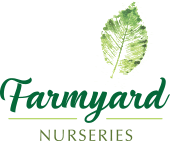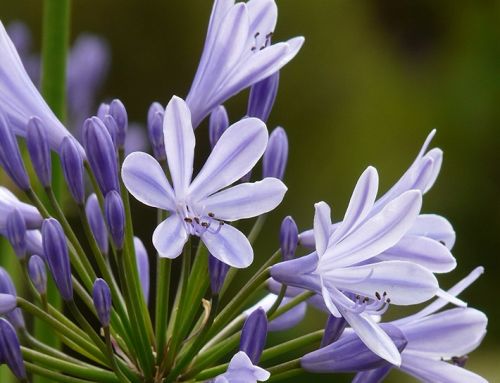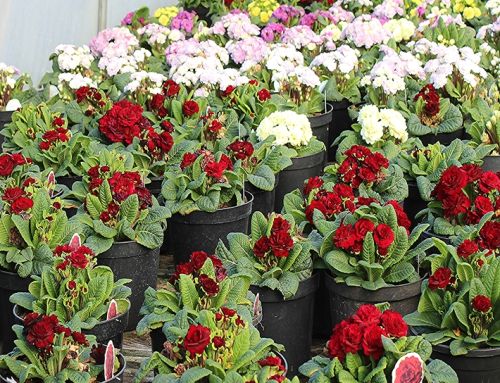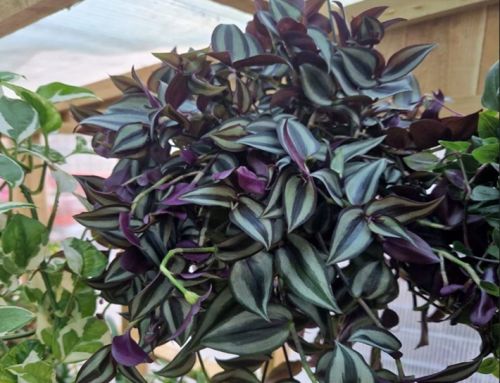All you need to know about Sarracenia/Pitcher Plant
The Sarracenias or Pitcher plants as they are commonly known, are often regarded as difficult and hard to grow. This may be due to the unenviable reputation of the common Venus Flytrap. We’ve all had these and managed to kill them as they rot away within a couple of months. Fear not, the Pitcher plants are completely different. Yes, there are a few likes and dislikes, but in fact, they are as easy as most garden plants and easier than many. No feeding, very little re-potting and an indefinite lifetime of interest.
Despite their reputation, they are remarkably hardy, especially if you choose the ones that originally come from the Canadian border. Most will survive to -10C but some down to -25C.
So why grow them – well there is of course the fascination of catching flying insects. They make wonderful pesticide free flycatchers for sunny windowsills and conservatories. However, their flamboyant intricately veined and coloured pitchers are quite spectacular on their own. Some of the colours of the modern hybrids are breathtaking. Their flowers are just as beautiful and rather ignored. Looking like they have just emerged from an H. G. Wells classic, they are flamboyant and unusual – and make long lasting cut flowers. Finally, if you have a pond then why not try one, Sarracenias make superb marginal plants (subject to the conditions below). What more could you ask for? Therefore, here is the beginners guide to growing them.
It is always good to remember, with any plant, where it originates from and try to mimic these conditions. After all, it spent millennia adapting to these areas and the nearer we can get to them the better they will be. Sarracenias come exclusively from North America in boggy, acidic, nutrient-less conditions. Here, as nature often does, they have adapted in order to survive and fit into a niche that other competitors won’t survive in. Amazingly, their leaves have modified becoming tubular lethal traps in order to catch flies and other mobile food packages. So in order to re-create these there are a few points that MUST be adhered to.
Soil/compost
This must be totally free of fertilisers of any kind and acidic. Pure peat (NOT compost) fits the bill perfectly but in these days of climate change we can lessen our peat usage by mixing half perlite and half peat or using peat free substrates (more difficult but doable).
Watering/water
This is the second very important condition. Water must be rainwater or de-ionised water if it doesn’t quite rain enough. The plants, coming from bogs, must be kept permanently moist all their life. If they dry out then their demise will follow rapidly. In the growing months (March-November usually) they can be stood in a saucer, bowl or tray in 1-2” of water. See, none of this watering every day in the hot weather – only once a week(ish) what could be easier!
It is amazing how few roots these plants actually have – they don’t need to search for water and nutrients so have little need for the extensive systems of garden plants. This means that they can grow in the smallest of pots and require very little re-potting. Even when they are almost bursting the pots they will happily carry on regardless.
They do require good light so a sunny spot is essential.
Having acquired the national collection it was a slightly worrying time, however we have been stunned to see how easy they are to grow. It has settled in nicely at the nursery and is available for viewing every day of the growing season, without appointment. In addition, we are now embarking on an extensive breeding program to continually improve and develop this fascinating plant.
There is more information on our Sarracenia Plant Profile page.
You can also find out more if we have whet your appetite at www.sarracenia.co.uk, take a look at his seed grown Sarracenia collection, they really are something special!




